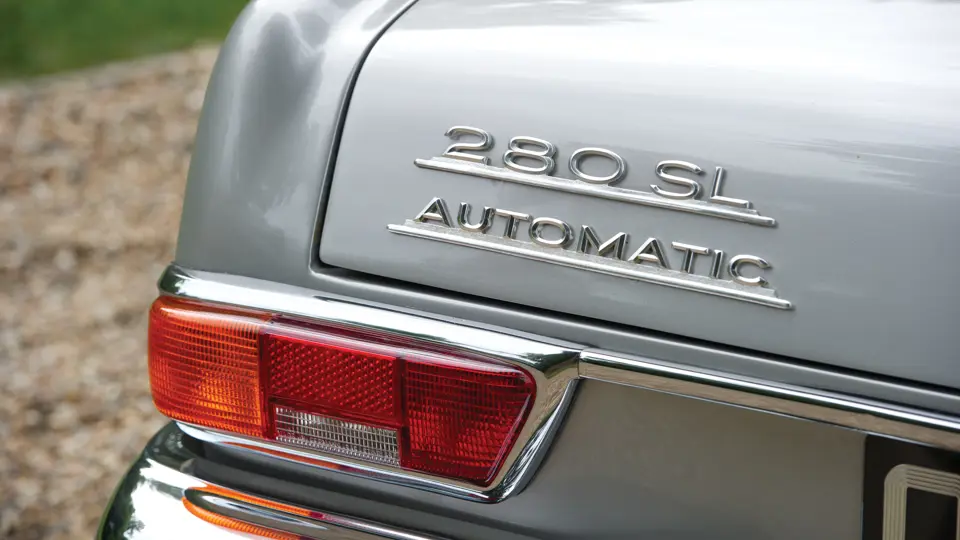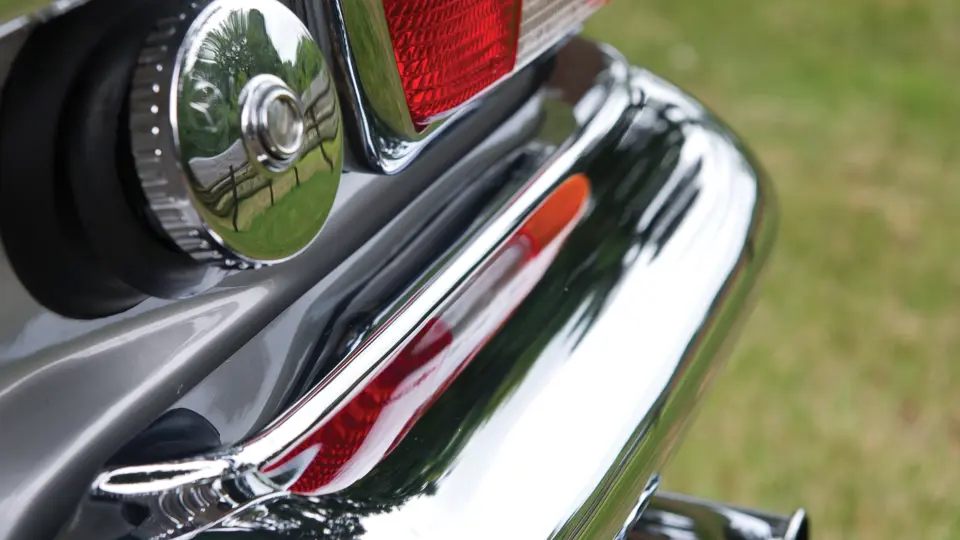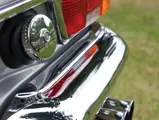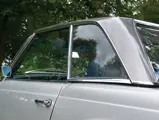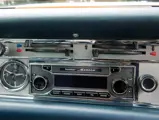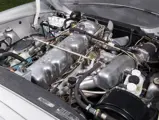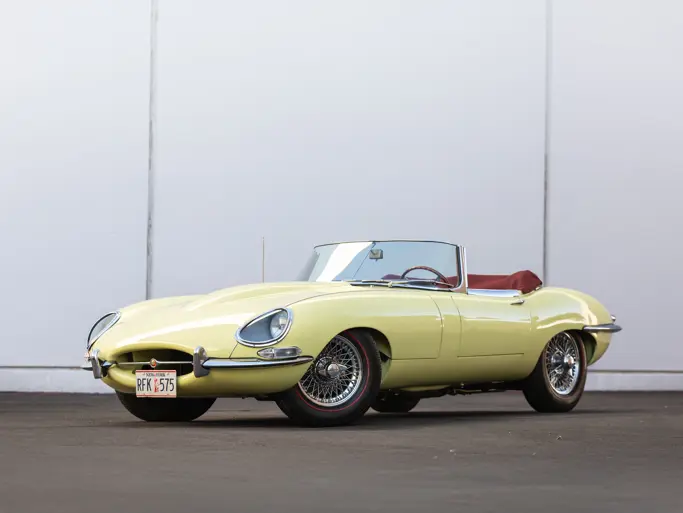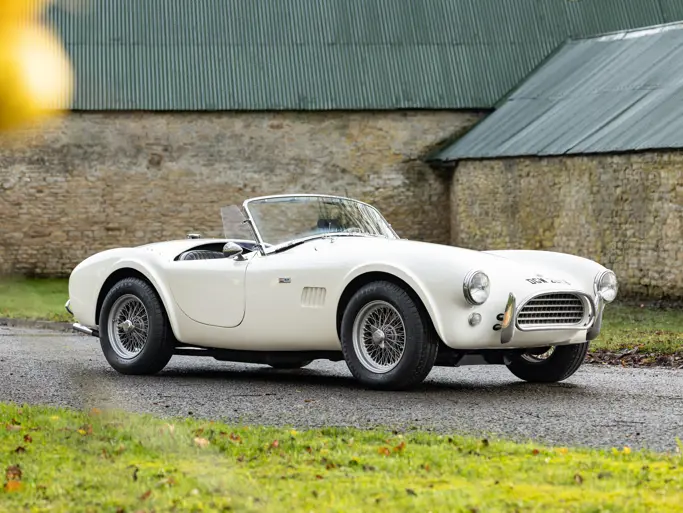180 bhp, 2,778 cc inline six-cylinder with Bosch mechanical fuel injection, four-speed automatic transmission, independent front suspension with twin transverse wishbones, coil springs, and an anti-roll bar, single-joint low-pivot swing axle rear suspension with coil springs and compensating springs, gas-filled telescopic shock absorbers, and four-wheel hydraulic disc brakes. Wheelbase: 2,400 mm
The encore to the Mercedes-Benz 190 SL and 300 SL was first introduced at the 1963 Frankfurt Auto Show as the 230 SL, codenamed W113. The 230 SL was neither the hairy-chested beast exemplified by the 300 SL or the boulevard tourer of the 190 SL, as it placed more of an emphasis on safety and comfort. The four-cylinder power of the 190 was gone, and all models were fitted with a Bosch fuel-injected, 2,281-cubic centimetre six-cylinder which could produce 150 horsepower. It had the added distinction of the first Mercedes-Benz automobile to be fitted with an alternator as standard equipment. Off-the-shelf components included independent front and rear suspension and servo-assisted front disc and rear drum brakes, which helped to keep development and production costs within reason.
Perhaps most appealing about the car was its unique styling. It was clearly linked to earlier Stuttgart designs, as it featured the broad front grille of the 300 SL, albeit in a squared-up shape. As with its predecessors, it was available as a roadster, a roadster/coupé, or a pure coupé. Most distinctive was its roofline, known as the so-called “pagoda roof”, which was designed by Paul Bracq and Bela Barenyi. The upright roofline contained a lot of glass area and had raised sides and a lower centre panel instead of one curving conventionally upwards toward the middle, à la a Japanese pagoda.
Production of 230 SLs continued until the uprated 250 SL made its debut at the 1967 Geneva show. Although horsepower ratings remained the same, the new 2,496-cubic centimetre engine provided more torque for better acceleration. Wheel rims increased from 5.5 to 6 inches in width, and four-wheel disc brakes became standard. The coupé version was eventually dropped.
The 280 SL was the final version, and it made its public appearance early in 1968. Most notable of its changes was the increased engine displacement to 2,778 cubic centimetres, which resulted in a bump in torque and an increase in horsepower to 180. The interior was upgraded, and a myriad of detail refinements were added. The final 280 SL came off the assembly line in March 1971, and a total of 23,885 were produced during the model run, making it the most popular of all the roadsters built to date.
Chassis 22012754 was first registered on 16 March 1970, with ownership of the car known from 1979 onwards, when it was registered to Hugh Russell Ltd., of Sheffield, England. Subsequently, the car stayed in the North of England and was acquired by H Turner & Sons Ltd. in 1985, under registration OKU 994H, which is probably the original registration to the car. In 1987, the car passed to Michael William Gilbert, of Maidenhead, England. Mr Gilbert kept the car for 17 years, and there are several invoices on file from his ownership, including one from Waregrave Motors Ltd. for an appraisal of the car in 1988. In 2008, the car was completely restored by Silchester Garage in Surrey, England, and the file includes several photographs of the car completely disassembled and taken down to bare metal. This 280 SL was subsequently bought by a well-known collector in the UK. The car is finished in a two-tone silver livery with a navy blue soft-top, and it retains its original registration number.
The 280 SL Pagoda presented here is the most desirable specification for a Pagoda, as it has the more powerful engine and an automatic transmission, and it remains in excellent condition and presents beautifully today.
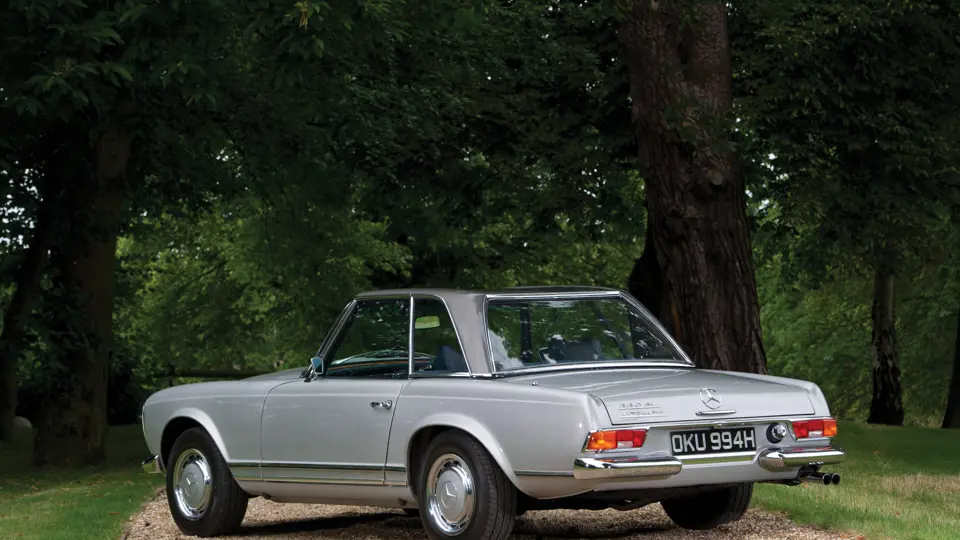



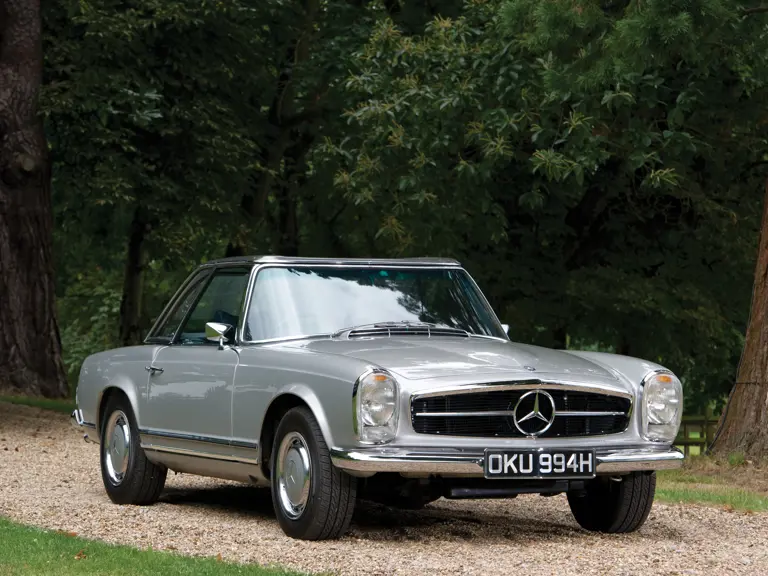


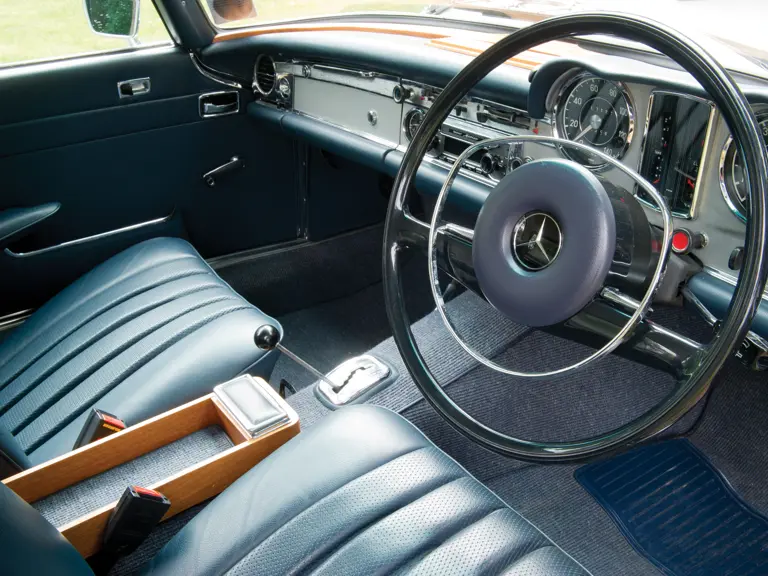
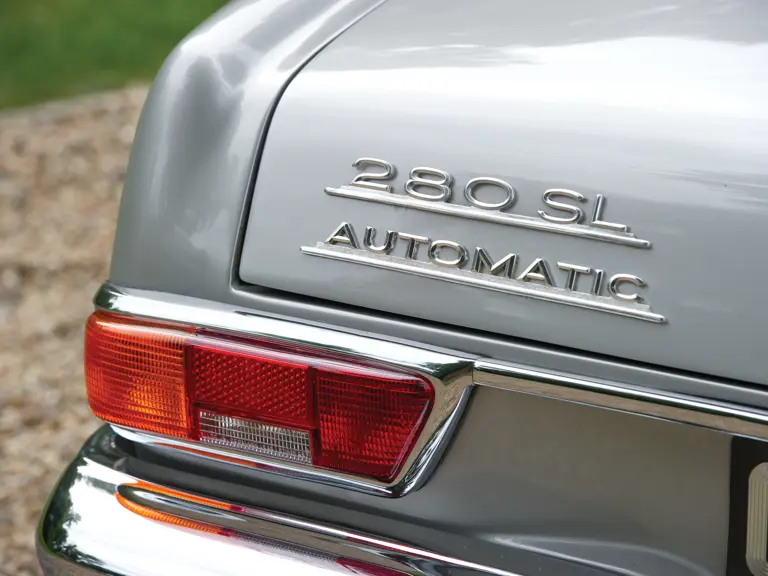


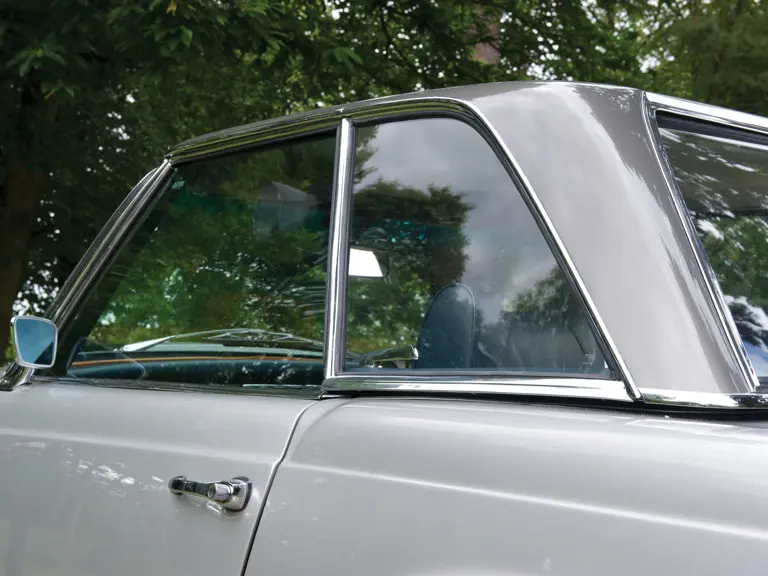
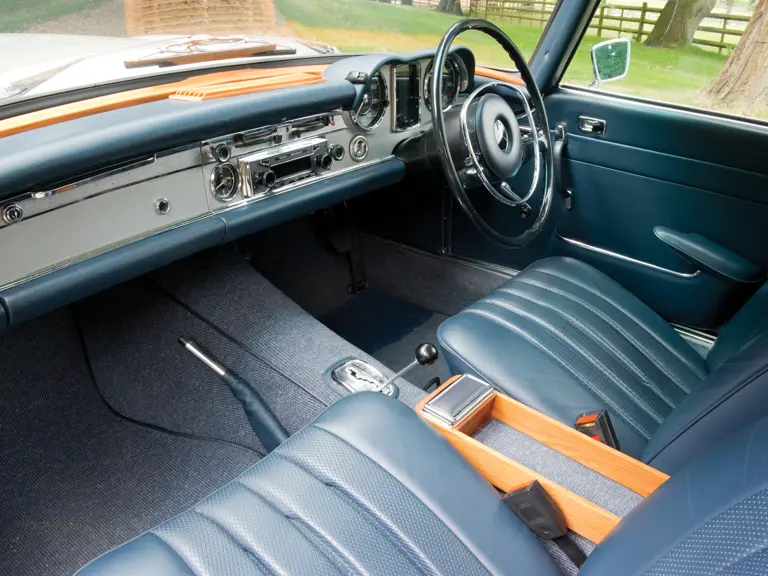

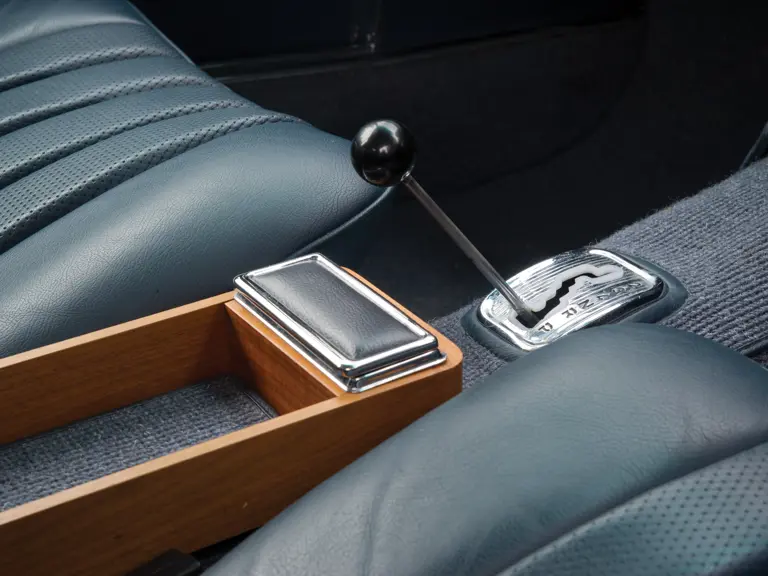
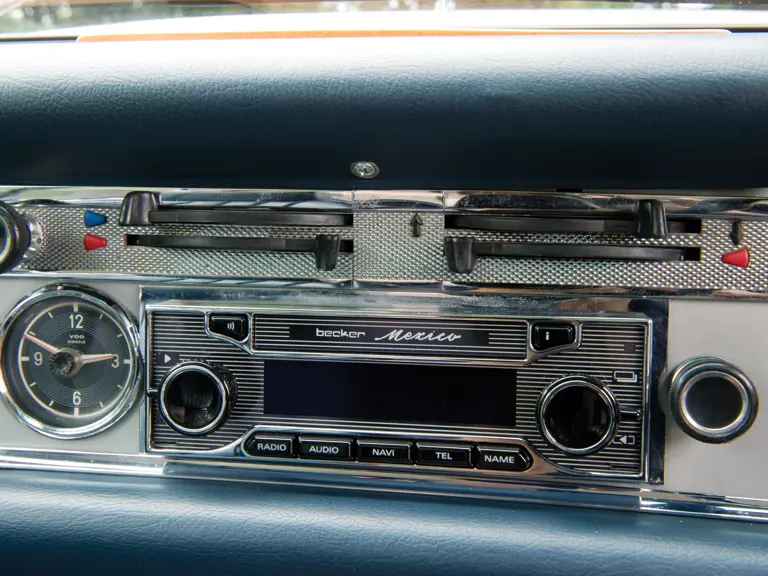
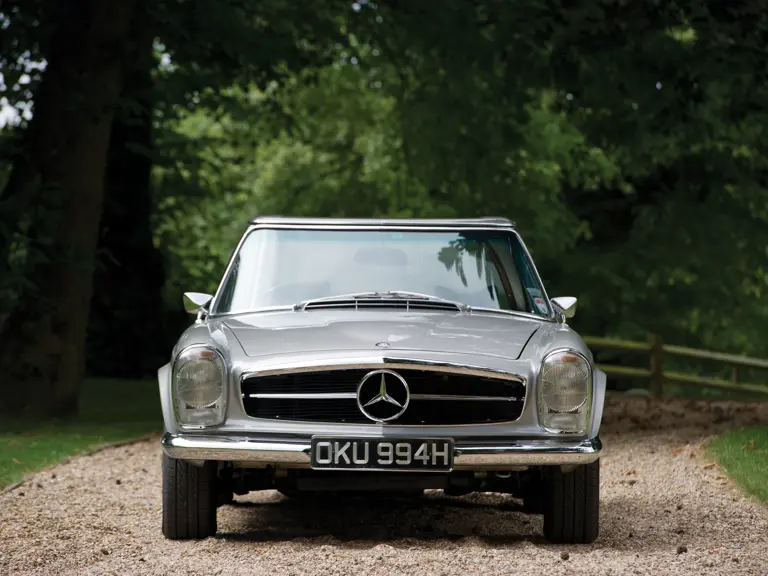
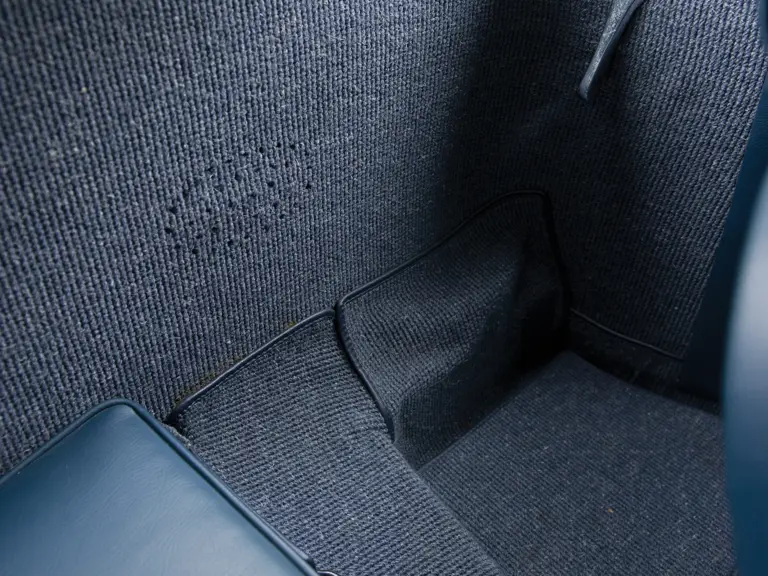
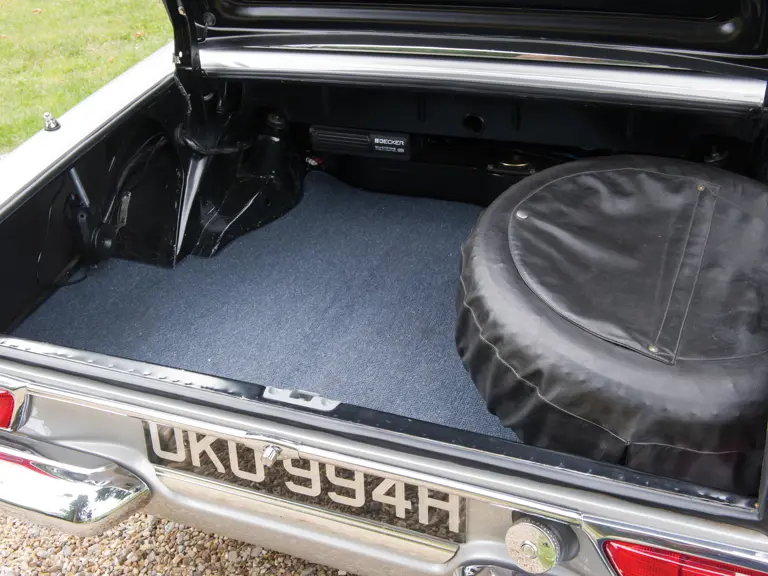
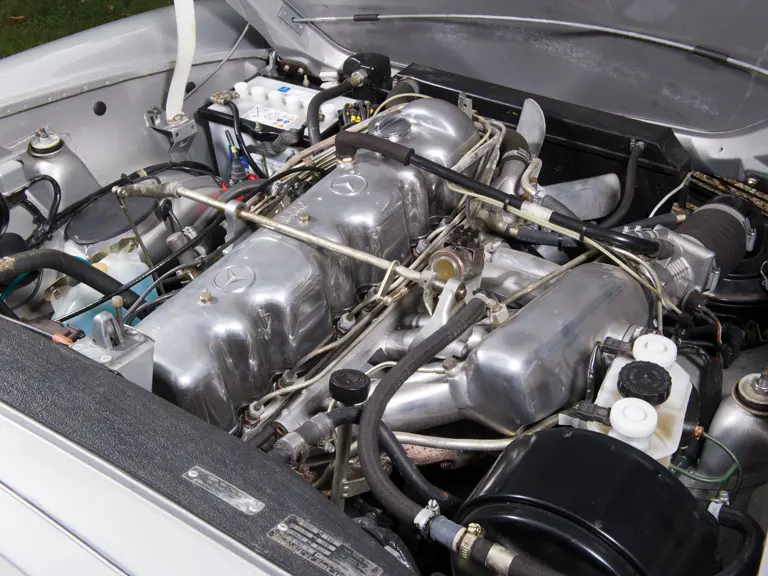
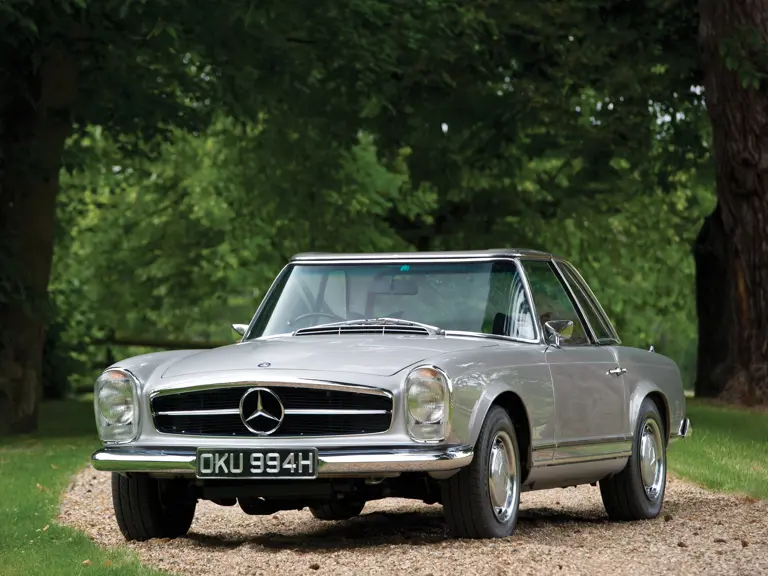

 | London, United Kingdom
| London, United Kingdom
